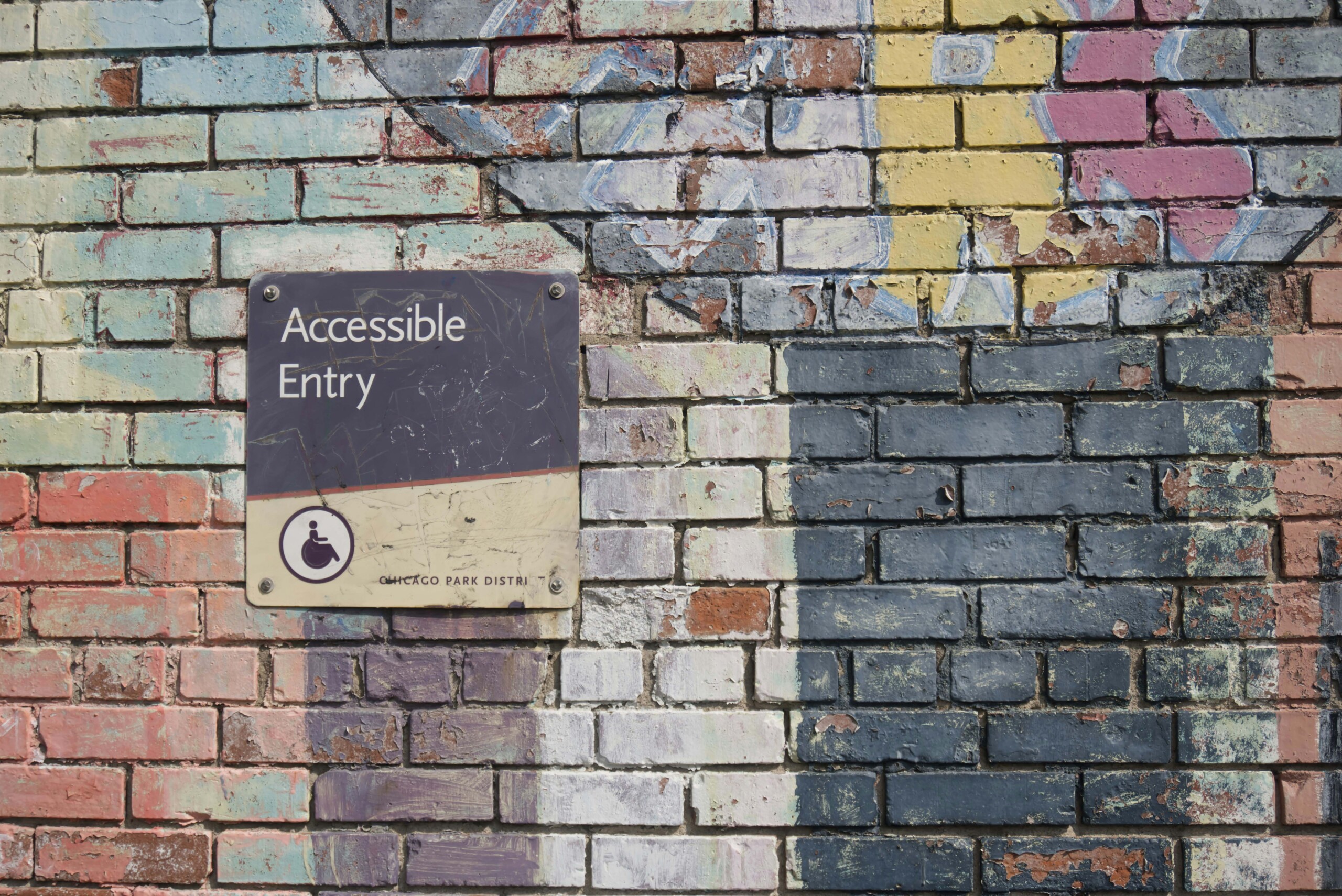Engage Users Through Interactive Website Design

You may or may not have heard the phrase ‘interactive design’, but it may not be what you think. Often, it can be confused with interactive elements, like animations or games.
Interactive design, in fact, focuses on the interaction of a user on your website and how your design best accommodates them. Interactions can range from scrolling down the page to filling out that all-important contact form.
Below we’re going to learn more about what makes up interactive designs, what makes this style of design different from the norm and why you should always be using it.
What is Interactive Design?
Interactive website design is made up of 6 main elements: user experience, responsiveness, real-time interaction, connectedness, personalisation and playfulness.
User experience focuses on the overall experience for the user. This can be anything from how well they were able to navigate through pages to the difficulty of filling in a contact form. Where are their pain points? Could an interaction be made smoother for the user?
Responsiveness looks at how your website displays on multiple devices. It also looks at timings and how quick elements are to respond to user commands (such as button clicks). Does your website display well on mobile devices? Does it take too long to load on certain browsers?
Real-time interaction refers to contextually relevant experiences, value and utility at appropriate moments. In short, adding interactive content (like buttons for forms) in the right places. Are you using call-to-actions? Is the contact form too low down on the page?
Connectedness focuses on how well connected all elements of the design are. This is to ensure that all designs are not random or disjointed, all adding to the overall brand identity. Do your blog images match images used elsewhere on the website? Are you using the same fonts?
Personalisation reveals just how personal you are getting with your users. With cookie data, you can determine some user details and make personalisations. Does your website say good morning/afternoon/evening? Does the design change based on the location of the user?
Playfulness is exactly how it sounds! Using playful designs to intrigue users and boost engagement and interactions. Got a fun animation on your homepage? Thought about adding in some pop culture references or easter eggs?
What Makes Interactive Design Different?
As you can see from the previous section, interactive website design looks at almost everything that involves the user. It’s more involved than traditional website designs and makes use of recorded and real-time data to determine what makes users tick.
Back in the day, a website’s design would be based on the designer’s experience and influenced mainly by their intuition, as well as loose information about your business and the industry you work in. Although you could create designs that performed well, they were not often led by specific data relating to the business or its user base. They were good, but could be better.
Now, in 2020, we have a huge range of tools that help us to track users and their every move. From Google Analytics to heatmapping tools like Hotjar. Using this data, we can create the best possible experience for the user, which in turn makes them more likely to convert into business. It’s a win-win for all.
Why Should You Use Interactive Design?
If you’ve been reading up until now, it’s hard to dispute NOT using interactive website design. There are a huge number of benefits reaped when using this type of design, mainly in collecting valuable user data and creating the best possible experience for the user.
Here at This is Fever, we pride ourselves on giving users the best possible experience when visiting your website. Our talented designers build upon the fundamentals of design and use interactive design to create beautiful and bespoke designs that are not only nice to look at, but convert users into sales.
If you would like to learn more about interactive design, or wish to speak with one of our designers for a project of your own, do not hesitate to get in touch. We’re more than happy to walk you through each step and give as much help and advice as you need to make an informed decision.



